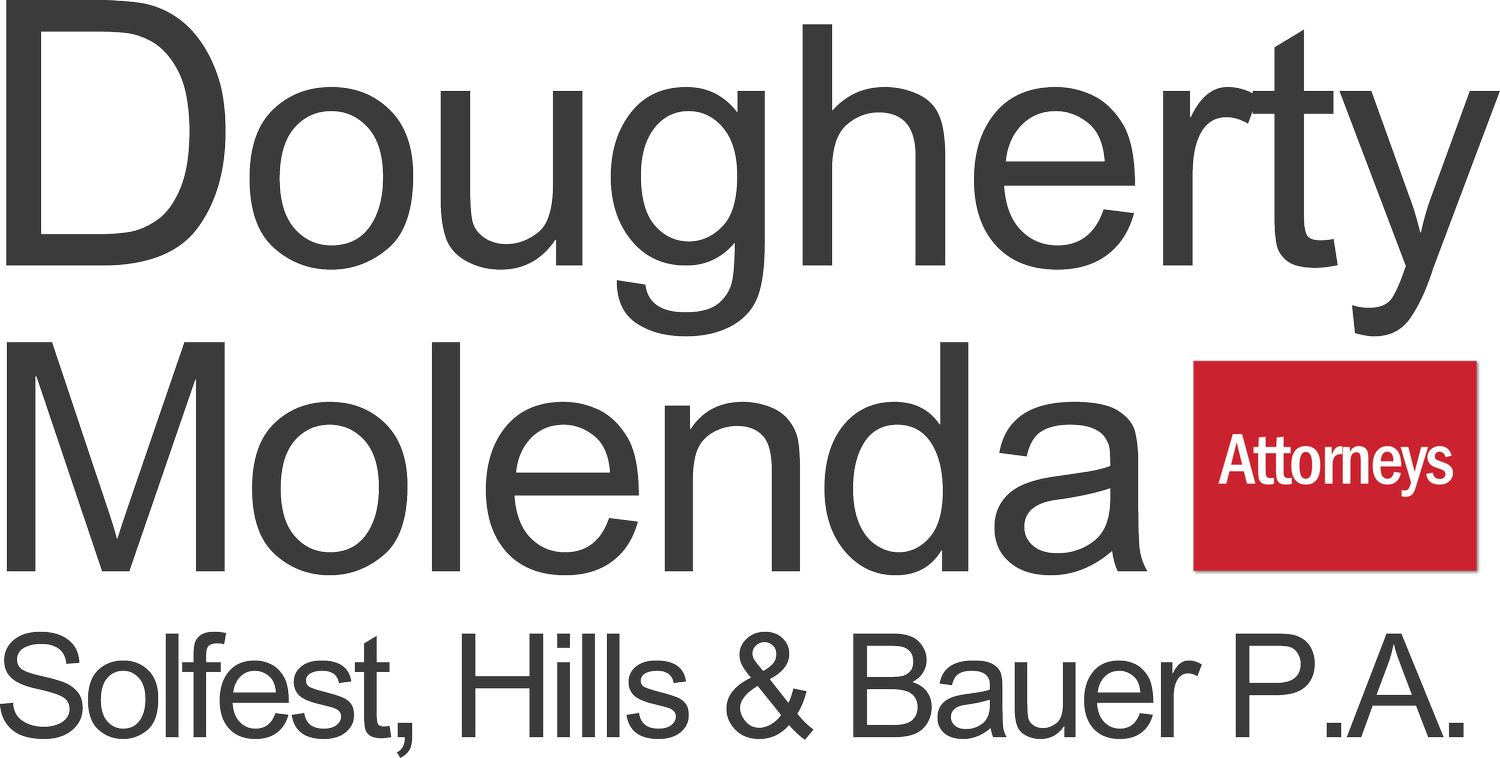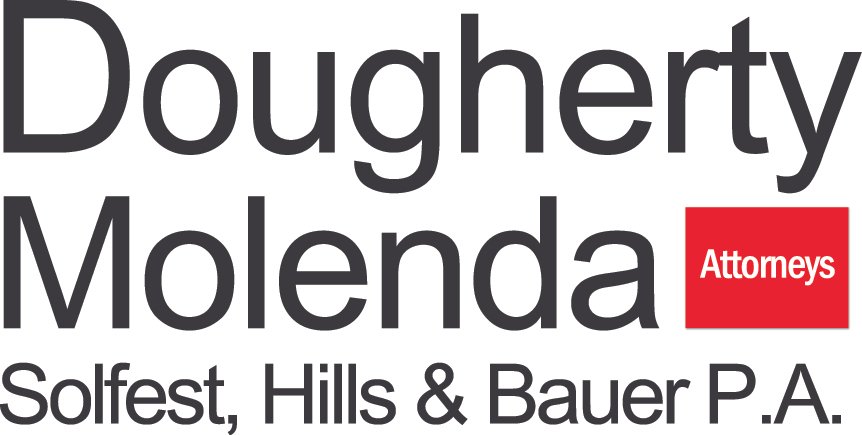
Areas of Focus
Business Torts and Unfair Competition
Conciliation Court
Minnesota’s conciliation courts (also known as “small claims courts”) have authority to decide cases involving up to $20,000.00 (formerly, the limit was $15,000.00).
Legal Representation in Conciliation Court
Generally, any time money is sought from an individual or an entity, the claim may be brought in conciliation court, subject to the claim limits. Examples of common disputes brought in conciliation court may include the following:
A person performs construction work or provides consulting services for someone, but that person refuses to pay for the services.
A person demands a refund of his or her security deposit, but the landlord refuses to return it without providing any explanation.
A repair shop or other service provider performs defective work and refuses to correct it.
A person damages or destroys the property of another but refuses to pay the costs of repairing or replacing it.
Our attorneys provide counsel to clients in preparing claims in conciliation court and, when appropriate, appear with clients in conciliation or small claims court proceedings.
Minnesota’s small claims courts operate under both rules and a Chapter in the Minnesota Statutes. The statutes and rules are available online for litigants who wish to represent themselves in small claims court. They are as follows:
Minnesota Statutes Chapter 491A: This chapter specifically deals with conciliation courts, outlining their jurisdiction, procedures, and limitations. It sets the maximum claim limit at $20,000 or $4,000 in consumer credit transactions. If you plan to go to conciliation court, this chapter is required reading.
Minnesota General Rules of Practice for the District Courts, Rules 501 to 525: These rules cover the general procedures for small claims court in Minnesota, including the filing process, handling of cases, and the specifics of conducting hearings. These rules are critical, and if you are scheduled for a trial in Minnesota’s conciliation courts, depending on the Minnesota County, litigants will also wish to consult with county-specific requirements. By reviewing these rules, conciliation court litigants will be better prepared to present their case through testimony and evidence at trial.
What is a Conciliation Court Trial Like?
Setting and Atmosphere
Informal Environment: The courtroom setting is less formal than in district court trials. Participants may be seated at a table facing the referee, and there is generally less emphasis on courtroom decorum, making the process less intimidating for non-lawyers.
Referee Role: The referee, who might not necessarily be a judge, presides over the trial. Their role is to ensure fairness, manage proceedings, hear evidence, and make a decision based on the merits of the case. Referees sometimes elect to choose different procedures for their proceedings, so some of the procedures described below may be less formal than described here.
Procedure
Preliminary Discussion: Referees or their clerks will oftentimes ask litigants if they have had an opportunity to discuss settlement. This can be an ideal time to determine if an agreement can be achieved. In current court settings, this frequently occurs during a Zoom conciliation court appearance. The clerk will place the parties in a breakout room in order to allow them to discuss a resolution. If a resolution is achieved, it can be put “on the record.” This is essentially like putting a contract on the record, so the terms of the contract are just as important as if a party were signing a binding document. It’s important to get these terms right. If no settlement can be achieved, the parties proceed to the hearing.
Opening Statements: Both sides may be given the opportunity to make a brief opening statement, although this is less formal than in higher courts. Some referees may skip opening statements and proceed directly to the evidence.
Presentation of Evidence:
Direct Presentation: Parties present their cases directly to the referee, explaining the facts and presenting any relevant documents, photographs, receipts, or other evidence. Lawyers are often marginalized (to put it kindly), in favor of allowing (or forcing) parties to present their case to the court. It’s important to remember that even with the informality of conciliation court, surprise is frowned upon. This means exhibits (evidence) need to be filed at least five days before the hearing date, and they must be provided to the other side.
Witness Testimony: Witnesses can be brought in to provide oral testimony. However, the rules of evidence are more relaxed; for example, hearsay may be allowed if it is deemed reliable.
If you have questions about hearsay, this concept is based on a rule in Minnesota providing that hearsay is essentially an out of court statement offered in court to prove the truth of the matter asserted. Minn. R. Evid. 801. But this rule also has a series of exclusions and exceptions. Minn. R. Evid. 803 and 804. Skilled litigation attorneys understand the hearsay rule, but also how the exclusions and exceptions apply.
Questioning: The referee may ask questions to clarify points or gather additional information. Parties may also be allowed to ask questions of each other and of witnesses, though this is often mediated by the referee to maintain order and focus.
Closing Arguments: Similar to opening statements, closing arguments are succinct and focus on summarizing the key points of the party’s case, emphasizing why the referee should decide in their favor. Again, these are informal, or not even addressed by the referee. Think, “Judge Judy.”
Decision Making
Immediate or Delayed Decision: Depending on the complexity of the case and the specifics of the local court, the referee may render a decision immediately at the end of the hearing or take the matter under advisement, with a decision to follow shortly thereafter. Decisions are usually received within a few weeks.
Written or Oral Decision: The decision can be given orally at the end of the hearing or sent later in written form. The decision will outline the judgment and the reasoning behind it, although sometimes the reasoning is a bit thin, or non-existent. It depends on the referee.
Characteristics of a Referee’s Decision
Pragmatic Approach: Referees often prioritize practical solutions that resolve the dispute efficiently. They may attempt to reach decisions that mitigate the risk of appeal, occasionally opting for compromises between parties.
Legally Binding: The decision is legally binding, although it can be easily appealed to the district court, where the entire case will be heard by a new judge, and the standard is de novo. But what does that mean?
Nature of De Novo Review
Fresh Examination: De novo review means that the district court will hear the case anew, as if the conciliation court trial had never occurred. This is different from an appellate review, where an appellate court would look for errors in the application of the law based on the record of the lower court's proceedings.
No Reference to Previous Judgment: The district court does not (or should not) consider the judgment or the reasoning of the conciliation court. The appeal is not about correcting mistakes made by the conciliation court but rather about completely re-evaluating the case.
Procedural Aspects
Re-presentation of Evidence: During a de novo trial, all evidence must be presented again. Witnesses may need to testify again, and all documents and exhibits must be reintroduced.
Opportunity for Additional Evidence: Because the district court is reviewing the case afresh, it is possible to present new evidence or legal arguments that were not introduced in the conciliation court.
Standard Court Procedures Apply: Unlike the more informal procedures in conciliation court, standard district court rules regarding evidence and procedure apply. This includes stricter adherence to rules about hearsay, procedural deadlines, and the proper introduction of evidence. It also includes discovery, which involves formal questions, deadlines to answer them, and potentially depositions, where witnesses may be compelled to provide sworn testimony (under oath and penalty of perjury).
Legal Implications
No Presumption of Correctness: In many appellate reviews, the lower court’s decision is given a presumption of correctness, and the burden is on the appellant to show error. However, in de novo review, there is no such presumption, and both sides start on equal footing.
Potential for Different Outcome: Given that the district court hears the case from scratch and may apply stricter procedural and evidentiary standards, the outcome of a de novo review can be quite different from the original decision made by the conciliation court.
Representation Requirements: Companies Need a Lawyer in District Court
In district court, companies must be represented by an attorney because of ethics rules that apply. That is not necessarily the case in conciliation court. This can be a factor on appeal from conciliation court. It can be more expensive for a company to participate in an appeal from district court, and the disparity in costs can be particularly significant where a party who is pro se (representing themselves) removes a case to district court and represents themselves (while the company on the other side needs to hire a lawyer).
Disputes Not Permitted in Conciliation Court
The following disputes/claims must be heard in district court, not conciliation court:
Title to real estate
Libel (defamation, not spoken)
Slander (defamation, spoken)
Class actions
Medical malpractice
Actions against deceased people.
Learn More
To learn more about the conciliation court services we provide, please call us at 952-432-3136 or, if you prefer, contact us using our online form.

